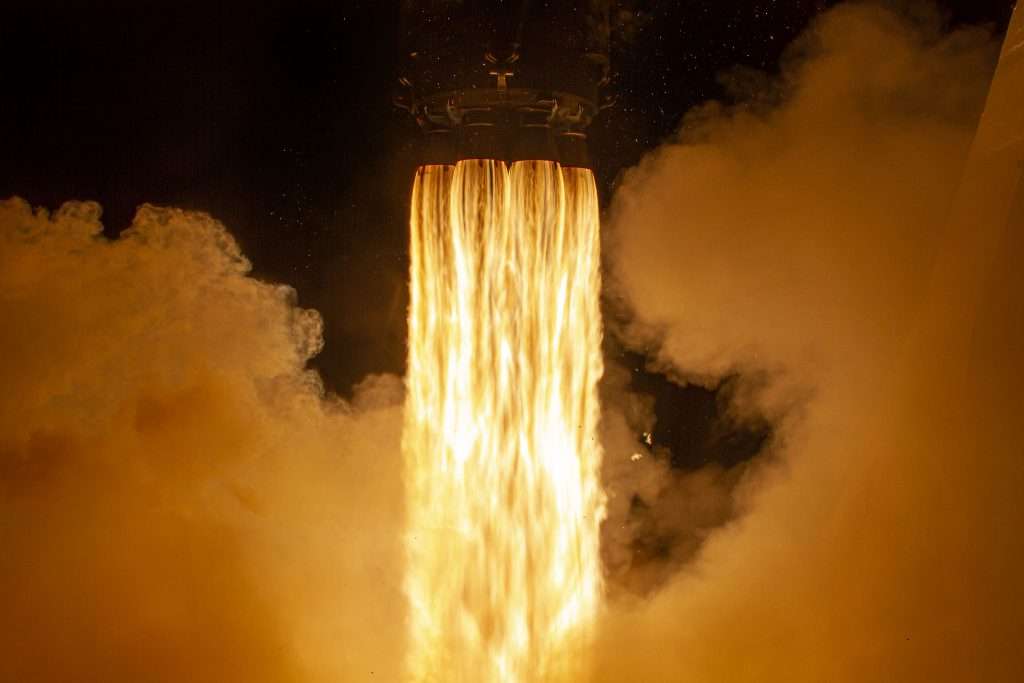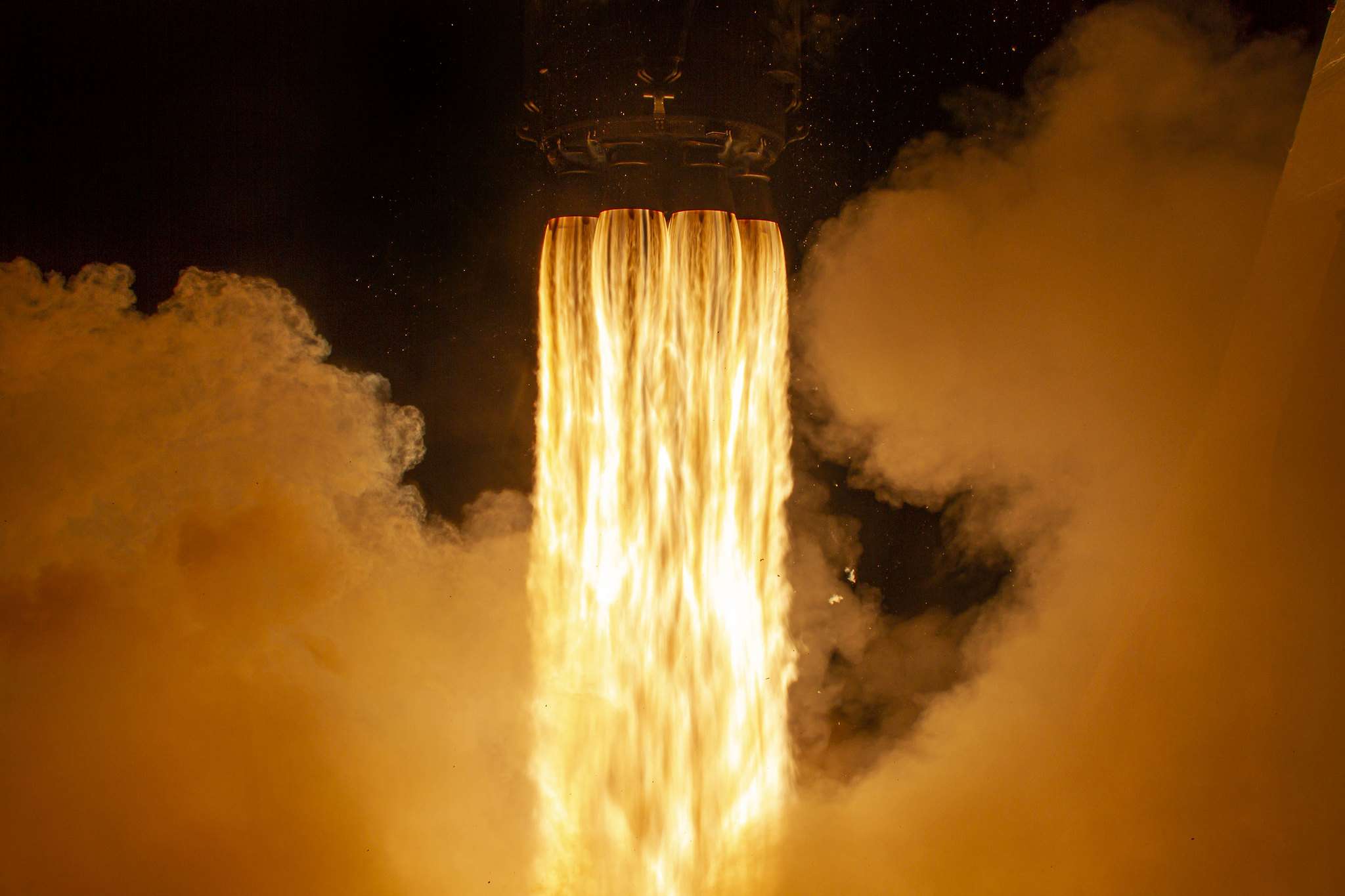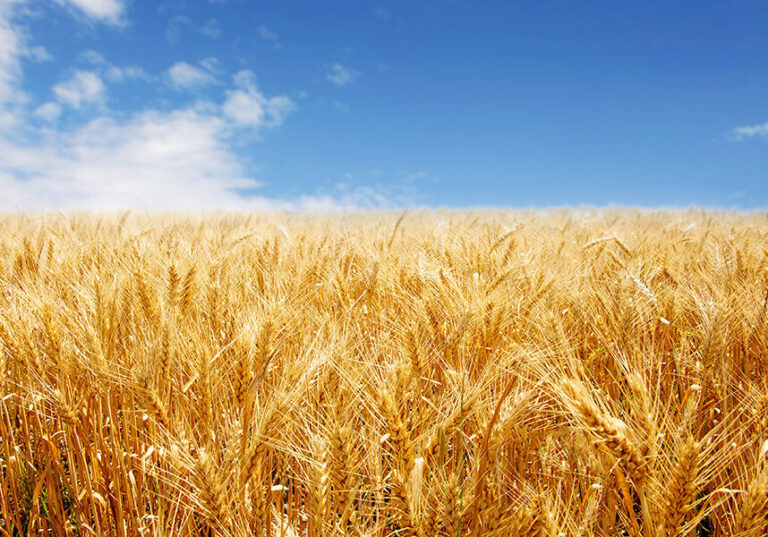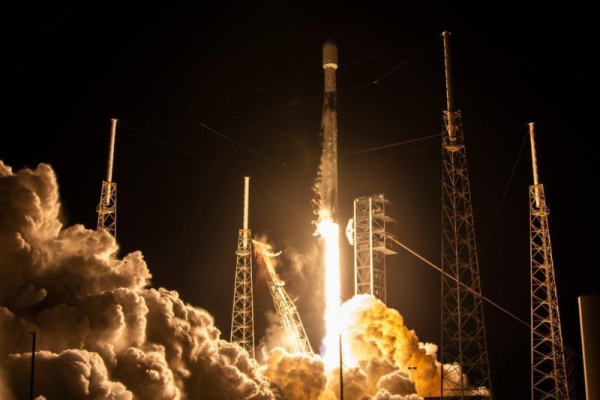Like other giant planets, Juno has a ring system. However, in terms of its colorfulness and complexity of structure, it is seriously inferior to both Saturn and Uranus rings. Jupiter’s rings are mainly composed of dust, knocked out from the surface of its satellites during collisions with meteorites.

Formally, the orbit of the Juno spacecraft does not pass through its rings. However, during the approach to the gas giant, the probe passes through its equatorial plane. This region is characterized by an increased concentration of dust particles, reaching several thousand per cubic kilometer of space. Since at this point Juno is moving at a speed of about 60 km/s relative to the planet, collisions with dust particles lead to the formation of ionized clouds of gas. These, in turn, are recorded by the Waves instrument onboard the spacecraft, designed to study radio emissions from Jupiter.
The audio recording presented was created from Waves data. It demonstrates the process of Juno passing through Jupiter’s dust plume. According to the experts, the vehicle encounters about half a dozen particles per second as it passes through the equatorial plane





